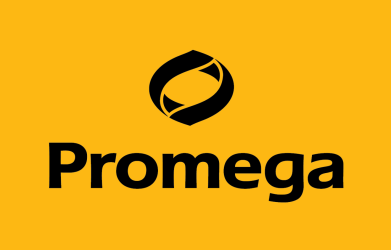Unlike fluorescence, bioluminescence does not require putting external energy into a system. Promega is a leading service provider developing next-level bioluminescent tools for antibody, peptide, and CGT (cell and gene) development. Lucy Wheatley, Project Manager of Emerging Technologies at Promega gave an overview of how the company’s tools can be applied to various modalities to generate reliable data and streamline workflows in biotherapeutic R&D and QC.
Bioluminescence assays are highly sensitive and do not face problems with fluorescent interference or phototoxicity. Relying on bioluminescent capabilities, Promega has developed a suite of assays that assist customers with monoclonal antibody development, FC effector activity, cytokine modulation, and immune checkpoint blockade.
In the peptide realm, Promega has developed a bioassay to examine GLP-1 potency. The team has developed a NanoLuc luciferase reporter so that when GLP-1 binds to its receptor, it generates a luminescent output proportional to the volume of GLP-1 present. Wheatley explained that the data generated shows that the assay gives nice dose-response curves. Furthermore, scientists were able to rank the potency of different GLP-1R agonists, including Semaglutide.
For antibody therapeutics, Promega recently launched a similar bioassay for myostatin, an important target for muscle-wasting diseases. The myostatin or activin binds to the receptor and they signal through SMAD. Again, the NanoLuc Luciferase reporter outlines the activity of that pathway. Wheatley added that many of her clients want to know whether or not their antibody is internalised. So they have developed a fab fragment that is attached to the NanoLuc Luciferase to measure antibody internalisation.
When designing therapeutic antibodies, knowing whether FC binding is functional or not. Promega’s surrogate reporter assay is designed to measure binding functionality using target cells expressing antigens and effector cells expressing luciferase upon binding. While the FC binding assay measures FC binding and functionality using Lumit technology.
For the CGT field, the ADCC assay measures target cell killing using pre-qualified ADCC component PBMCs. The assay was used on two different antibodies cetuximab and trastuzumab and two different target cell lines A549 and SKBR3 and generated a dose-response curve. Wheatley explained that the assay has also been adapted for ADCPs to measure phagocytosis-induced cell death using a loss of signal assay.



